Bits to Pieces: Exploring Possibilities of Digital Impermanence
–
Yotam Sion
–
Yotam Sion
Bits to Pieces is a speculative project that offers a possibility for generating digital decay. The installation showcases a system that slowly degrades a digital object through interaction with physical factors. As a case study, a rusted metal vase and a bouquet of flowers are placed inside an enclosed environment, where factors of natural decay are measured and directly applied to the digital objects in real time. Digital 3D tools and physical sensory inputs are matched, creating a system that directly affects the digital file by measuring humidity, air quality, and light levels. Each of these sensory inputs modifies the structure of the digital object in a different way and at a different pace, creating an unpredictable process of form degradation. This modification is an attempt at making the digital impermanent, and therefore not here ‘forever’. The exploration departs from research into issues of digital (over-)consumption, where the immaterial nature of digital objects obscures the consequences of their high-energy consumption.
![]()
For years I have been working with the qualities of decay. With the research for Bits to Pieces I wish to expand my body of work further, by questioning what it is about the state of impermanence that is so appealing, and how it can be incorporated into the context of industrial design. Through the process, I studied varying interpretations of decay and how it can be appreciated. I looked into the philosophy of wabi-sabi, participated in a Japanese tea ceremony, and had a conversation with a Buddhist monk, all to develop a better understanding of how to perceive and appreciate impermanence and decay from different cultural perspectives, while constantly questioning what can be applied in the context of the digital. One of the main takeaways I was left with was how true impermanence depends on direct and uninterrupted interactions with the real (actual, analogue) world.[1]
Without this dependency, every step in any process of digital decay would be programmed and controlled, and therefore it would not be a process of true decay. With this installation, I try to bypass a totally controlled environment and create a direct dependency on naturally occurring factors; factors that I can initiate but cannot fully control.
[1] Leonard Koren, Wabi-Sabi: Further thoughts, Point Reyes California: Imperfect publishing, 2015, p. 67.
![[Left]: Digital Degradation System [Right]: A Set of Physical Samples]()
![Unknitting machine, prototype from the research process.]()
Digital files are permanent; they are not programmed to degrade. Without proper management, they pile up, claiming more and more storage space. This storage space consumes an ever-increasing amount of energy, to the point where data storage facilities now leave a bigger CO2 footprint than the airline industry.[2]
[2] Steven Gonzalez Monserrate, ‘The Staggering Ecological Impacts of Computation and the Cloud’, in: The MIT press reader (14.2.2022) accessed through: https://thereader.mitpress.mit.edu/the-staggering-ecological-impacts-of-computation-and-the-cloud/
![]()
![]()
![]()
![]()
![]()
![]() Digital Degradation Samples, Developing a Process of Decay with Familiar Aesthetics.
Digital Degradation Samples, Developing a Process of Decay with Familiar Aesthetics.
Scrolling through a smartphone's camera roll reveals the personal and patterned behaviour of producing enormous amounts of data, that is then usually stored on the cloud. I believe there is a close relationship between how we value our digital files and the careless way that we produce them. By making this installation, I try to challenge how we perceive and care for our digital belongings, and imagine a scenario where degradation is a means to handle digital overconsumption.
![Visible picture taking pattern, highlighting the habit of digital over-consumption.]()
![Experimentation with photogrammetry scanning.]()
As a designer, I derive inspiration from exploring new ideas and techniques that have the potential to yield unexpected outcomes. When I entered the MID programme, I was interested in creating space for experiments, which I didn’t always find room for as an industrial designer. Throughout this project, I focused on defining a methodology for myself to apply in a way that can enrich my practical practice.
![]()
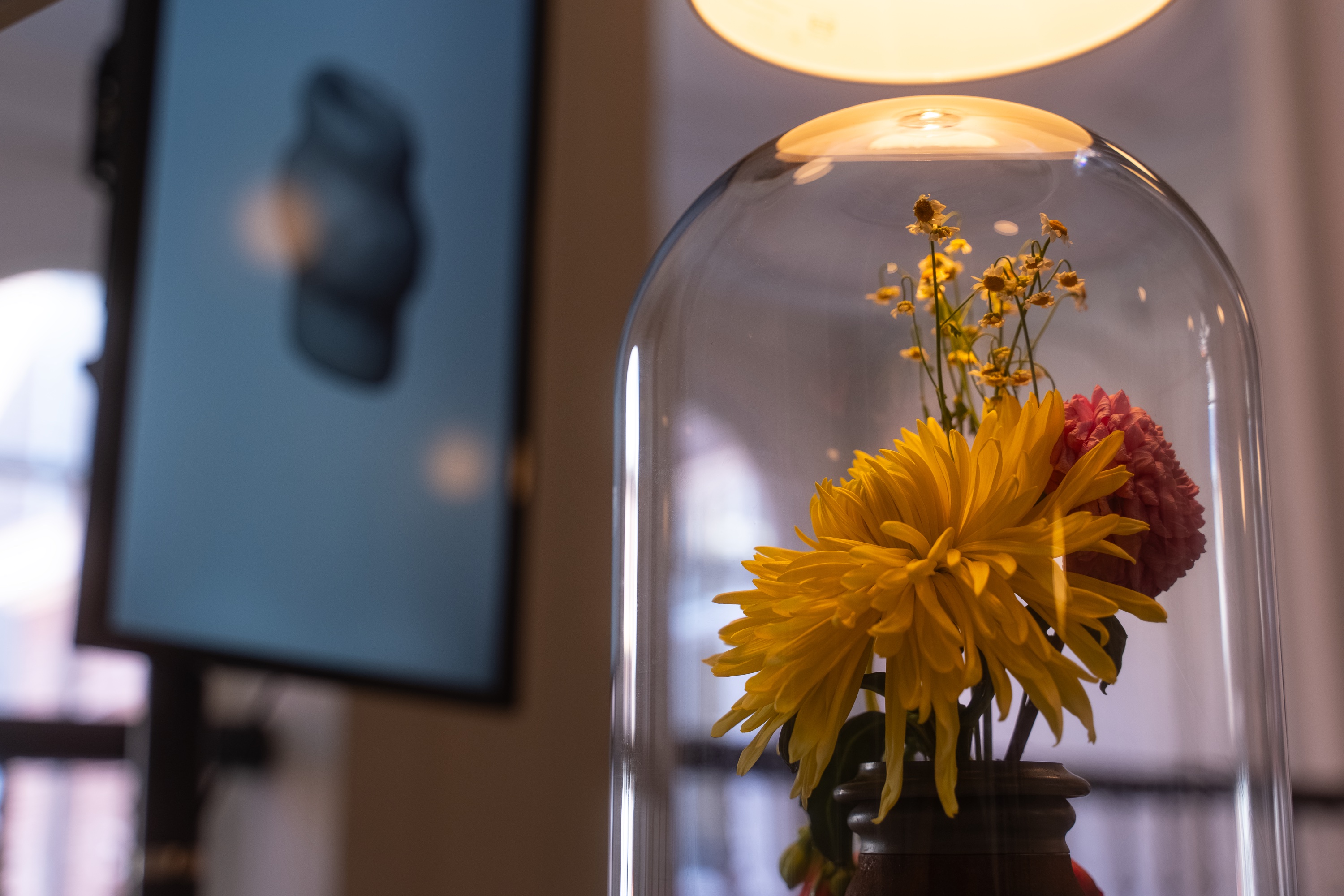
For years I have been working with the qualities of decay. With the research for Bits to Pieces I wish to expand my body of work further, by questioning what it is about the state of impermanence that is so appealing, and how it can be incorporated into the context of industrial design. Through the process, I studied varying interpretations of decay and how it can be appreciated. I looked into the philosophy of wabi-sabi, participated in a Japanese tea ceremony, and had a conversation with a Buddhist monk, all to develop a better understanding of how to perceive and appreciate impermanence and decay from different cultural perspectives, while constantly questioning what can be applied in the context of the digital. One of the main takeaways I was left with was how true impermanence depends on direct and uninterrupted interactions with the real (actual, analogue) world.[1]
Without this dependency, every step in any process of digital decay would be programmed and controlled, and therefore it would not be a process of true decay. With this installation, I try to bypass a totally controlled environment and create a direct dependency on naturally occurring factors; factors that I can initiate but cannot fully control.
[1] Leonard Koren, Wabi-Sabi: Further thoughts, Point Reyes California: Imperfect publishing, 2015, p. 67.
![[Left]: Digital Degradation System [Right]: A Set of Physical Samples](https://freight.cargo.site/t/original/i/04c23f4d5d94003c6f9a1040c065f8b1b9dbc1ea76d8b00c7206f46663d3caaf/KABK---Yotam-Installation_9.jpeg)
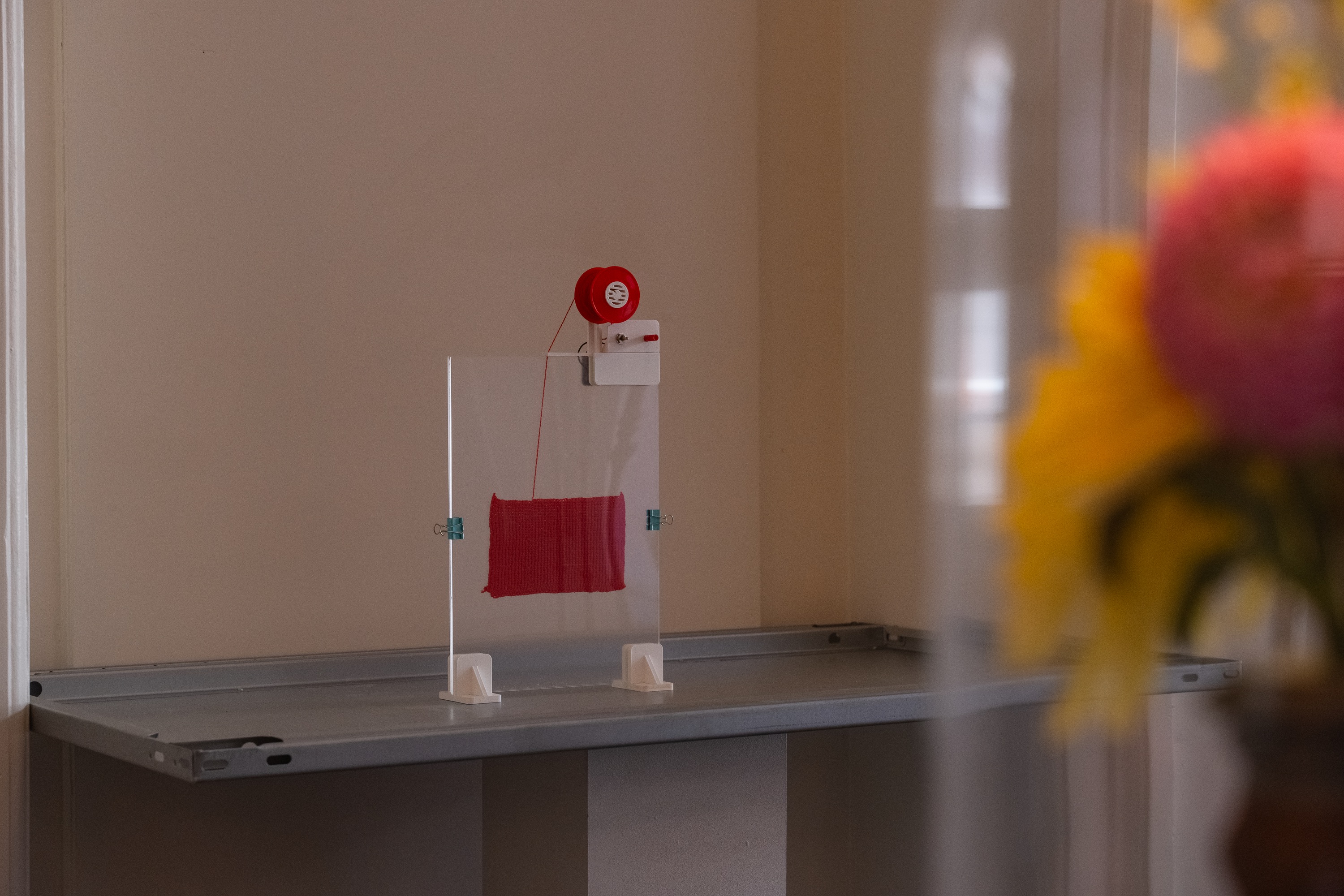
Digital files are permanent; they are not programmed to degrade. Without proper management, they pile up, claiming more and more storage space. This storage space consumes an ever-increasing amount of energy, to the point where data storage facilities now leave a bigger CO2 footprint than the airline industry.[2]
[2] Steven Gonzalez Monserrate, ‘The Staggering Ecological Impacts of Computation and the Cloud’, in: The MIT press reader (14.2.2022) accessed through: https://thereader.mitpress.mit.edu/the-staggering-ecological-impacts-of-computation-and-the-cloud/
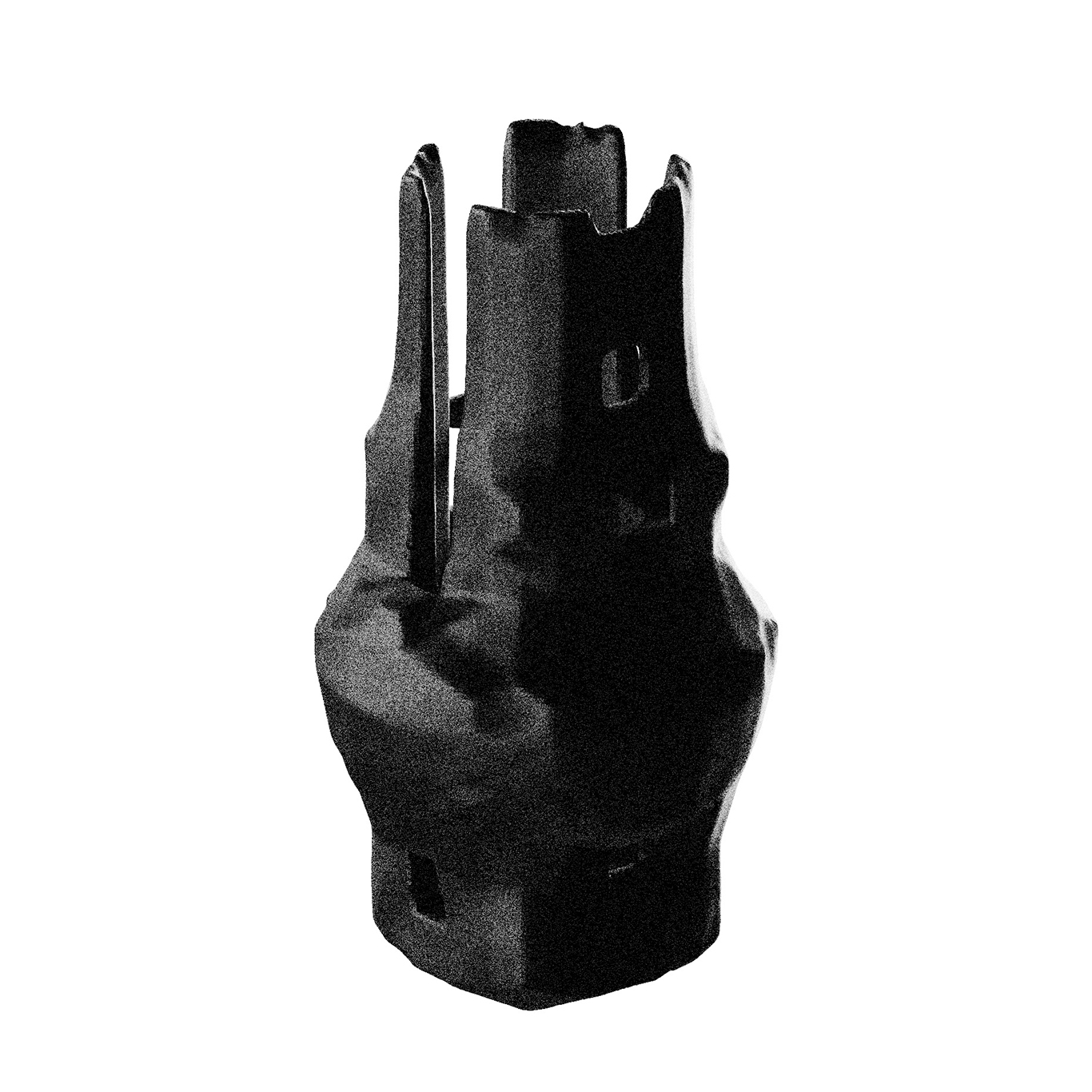
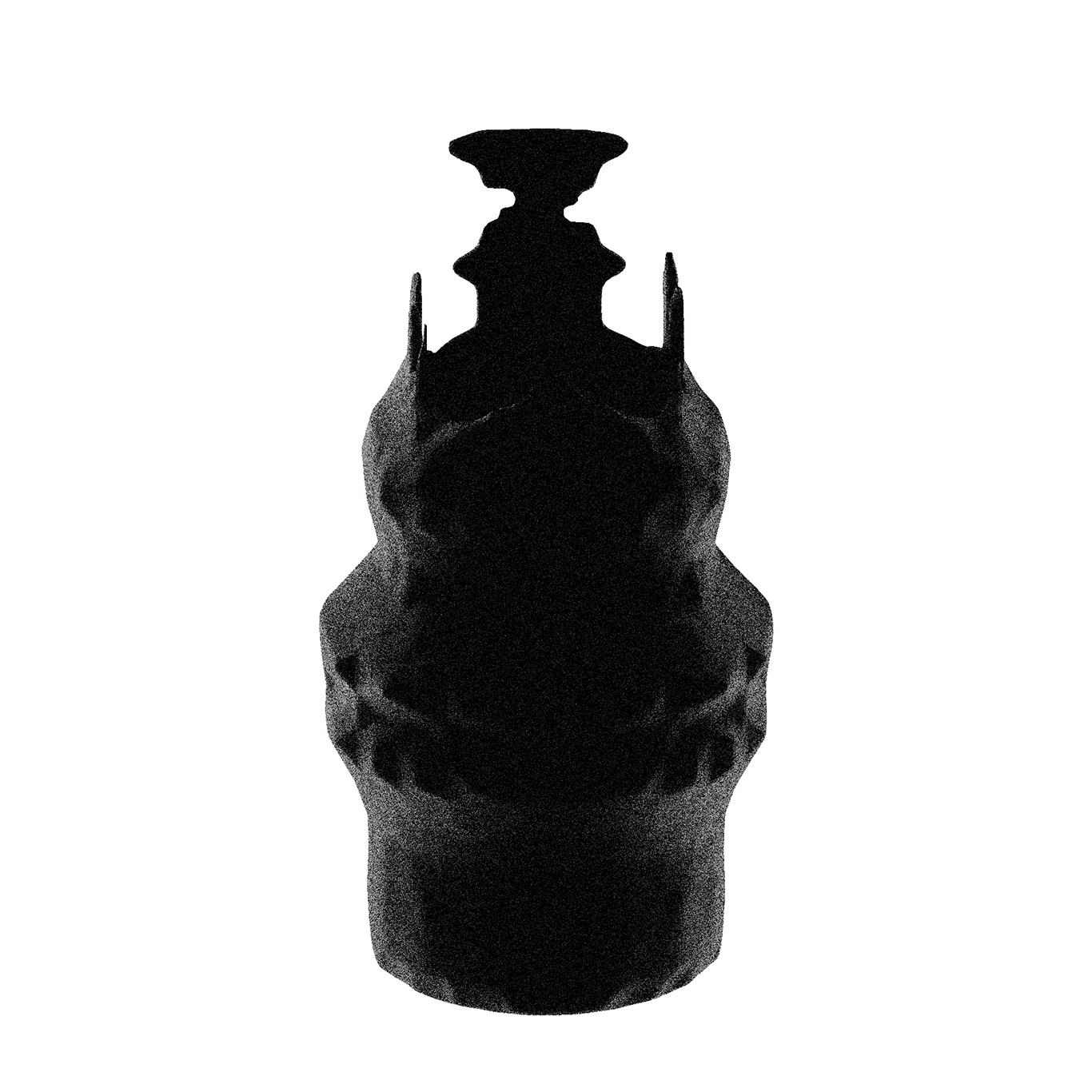
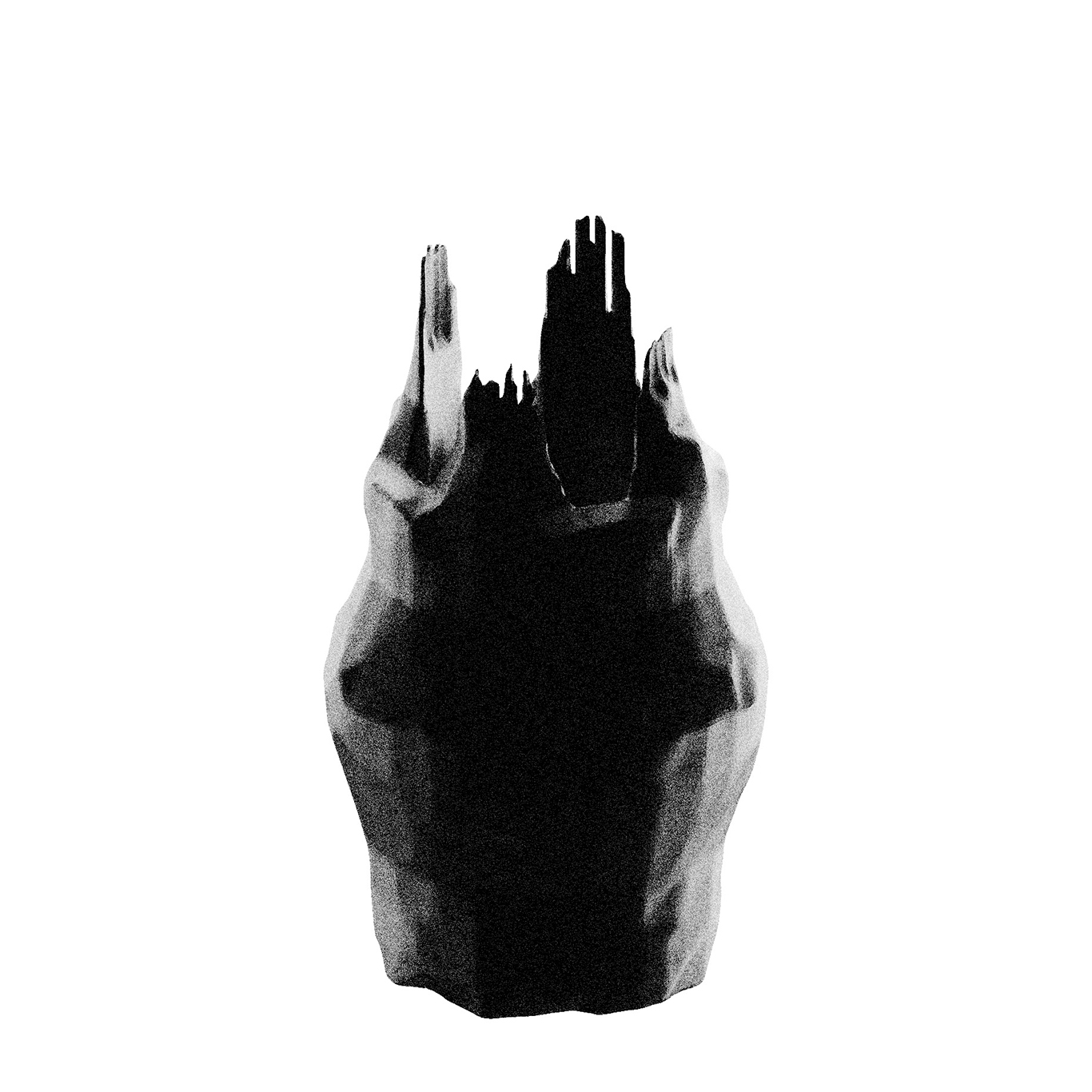

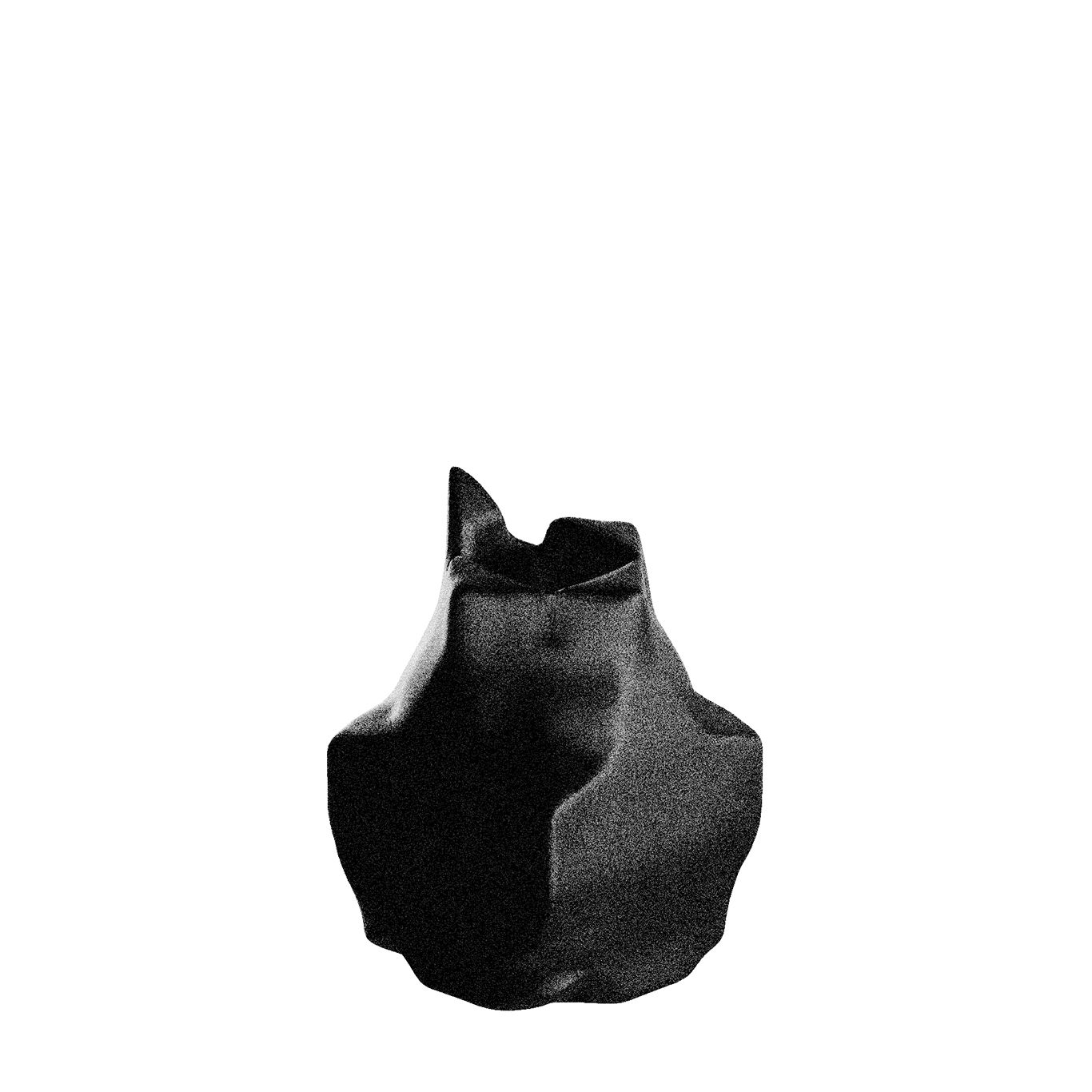
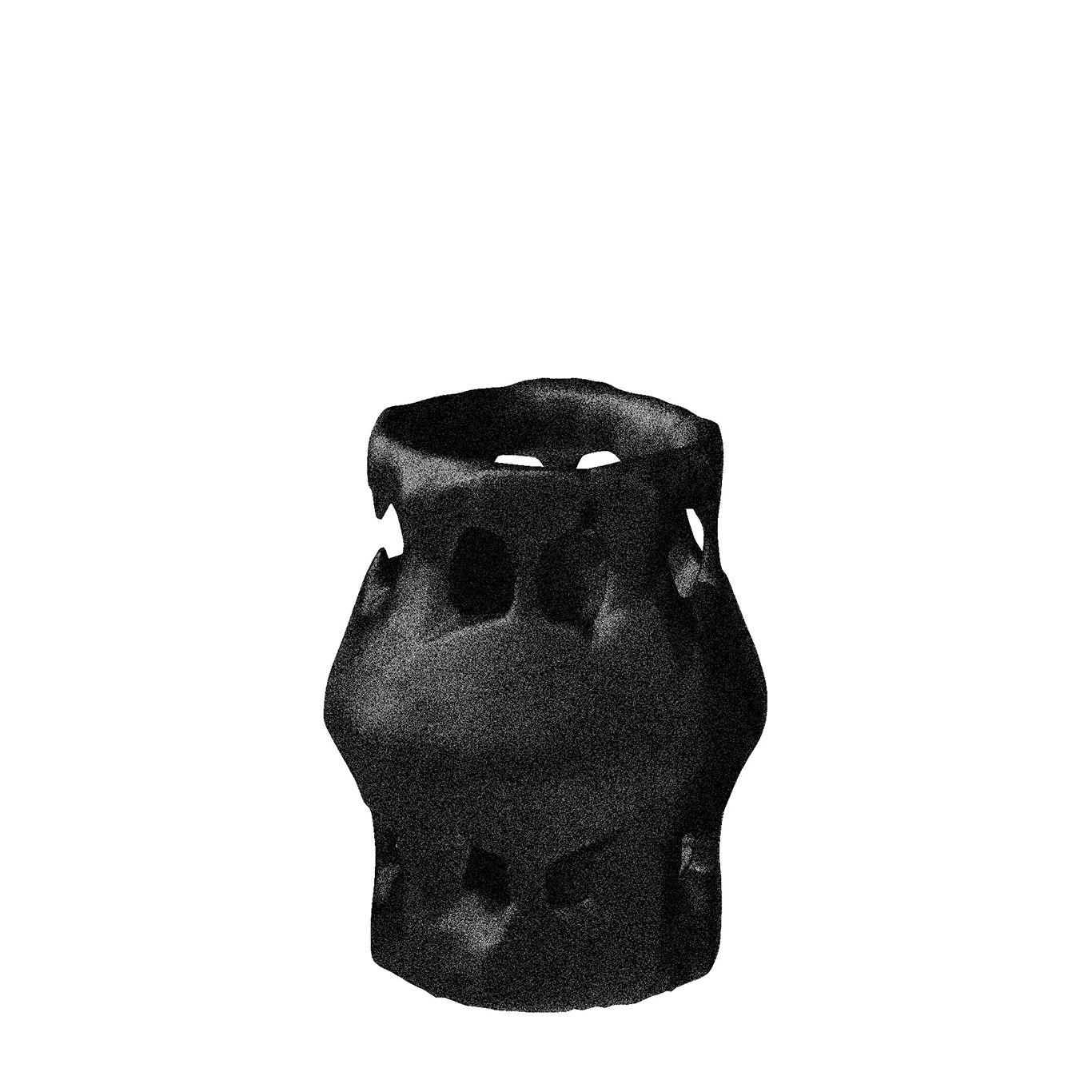
Scrolling through a smartphone's camera roll reveals the personal and patterned behaviour of producing enormous amounts of data, that is then usually stored on the cloud. I believe there is a close relationship between how we value our digital files and the careless way that we produce them. By making this installation, I try to challenge how we perceive and care for our digital belongings, and imagine a scenario where degradation is a means to handle digital overconsumption.
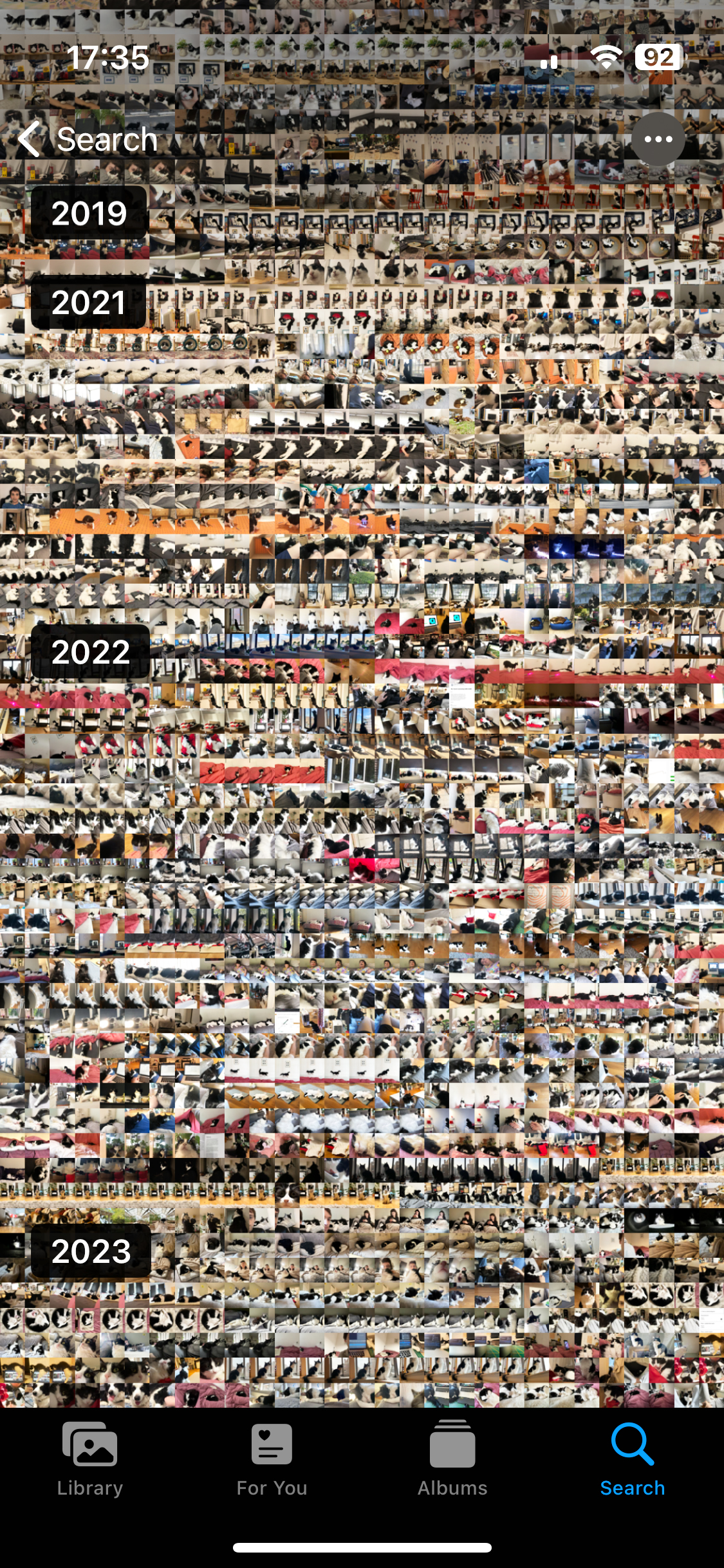
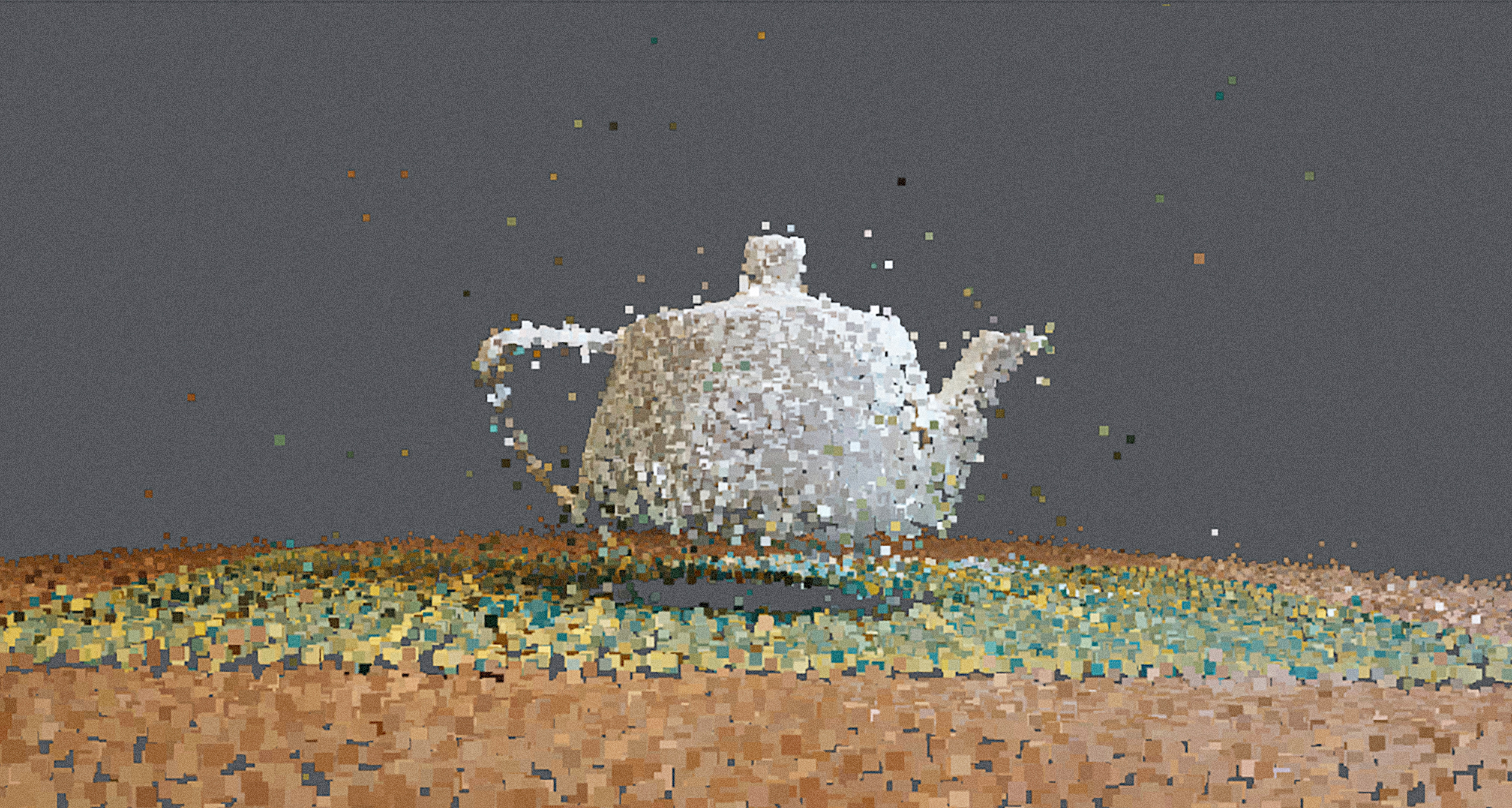
As a designer, I derive inspiration from exploring new ideas and techniques that have the potential to yield unexpected outcomes. When I entered the MID programme, I was interested in creating space for experiments, which I didn’t always find room for as an industrial designer. Throughout this project, I focused on defining a methodology for myself to apply in a way that can enrich my practical practice.
